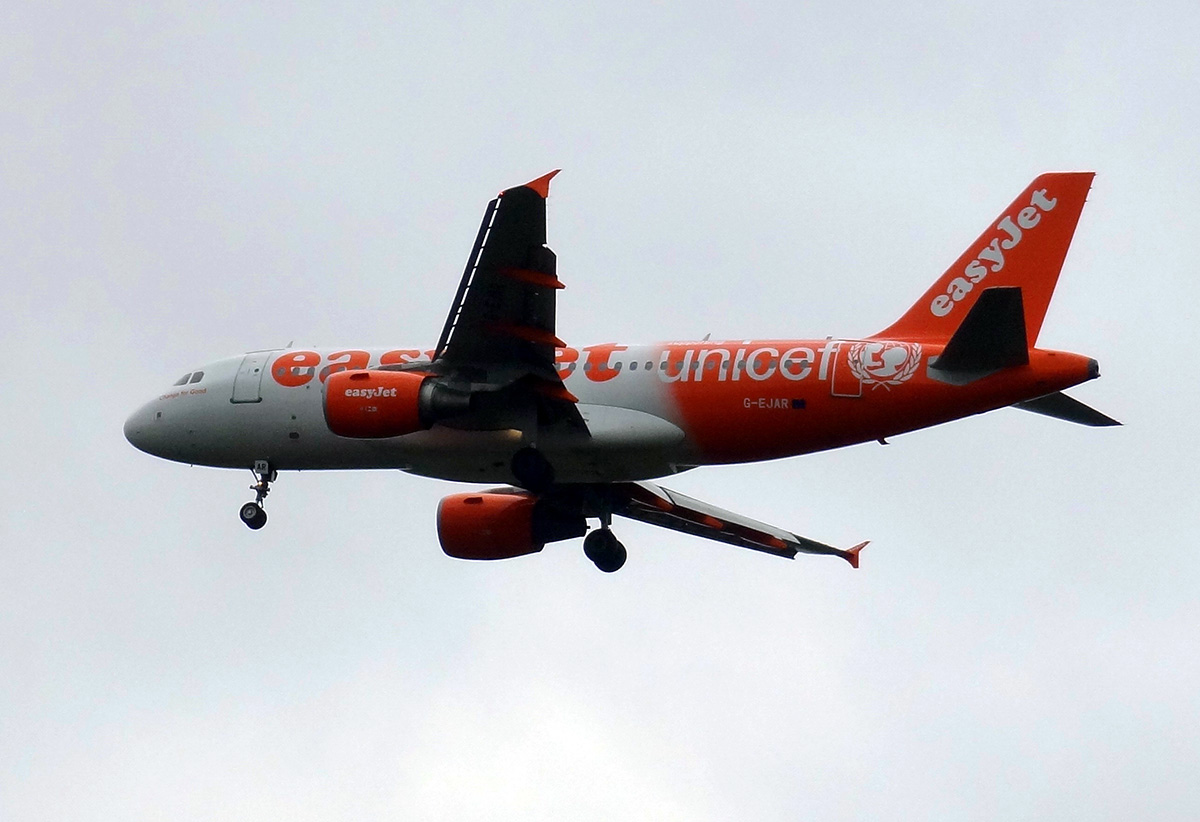 The USA has seen many horizontal mergers in recent years. This has turned industries that were once relatively competitive into oligopolies, resulting in lower output and higher prices for consumers.
The USA has seen many horizontal mergers in recent years. This has turned industries that were once relatively competitive into oligopolies, resulting in lower output and higher prices for consumers.
In Europe, by contrast, many markets are becoming more competitive. The result is that in industries such as mobile phone services, airlines and broadband provision, prices are considerably lower in most European countries than in the USA. As the French economist, Thomas Philippon, states in a Guardian article:
When I landed in Boston in 1999, the United States was the land of free markets. Many goods and services were cheaper than in Europe. Twenty years later, American free markets are becoming a myth.
According to Asher Schechter (see linked article below):
Nearly every American industry has experienced an increase in concentration in the last two decades, to the point where … sectors dominated by two or three firms are not the exception, but the rule.
The result has been an increase in deadweight loss, which, according to research by Bruno Pelligrino, now amounts to some 13.3 per cent of total potential surplus.
Philippon in his research estimates that monopolies and oligopolies “cost the median American household about $300 a month” and  deprive “American workers of about $1.25tn of labour income every year”.
deprive “American workers of about $1.25tn of labour income every year”.
One industry considered by the final two linked articles below is housebuilding. Since the US housing and financial crash of 2007–8 many US housebuilders have gone out of business. This has meant that the surviving companies have greater market power. According to Andrew van Dam in the linked Washington Post article below:
They have since built on that advantage, consolidating until many markets are controlled by just a few builders. Their power has exacerbated the country’s affordable-housing crisis, some economists say.
According to research by Luis Quintero and Jacob Cosman:
… this dwindling competition has cost the country approximately 150 000 additional homes a year – all else being equal. With fewer competitors, builders are under less pressure to beat out rival projects, and can time their efforts so that they produce fewer homes while charging higher prices.
Thanks to lobbying of regulators and politicians by businesses and various unfair, but just about legal, practices to exclude rivals, competition policy in the USA has been weak.
In the EU, by contrast, the competition authorities have been more active and tougher. For example, in the airline industry, EU regulators have “encouraged the entry of low-cost competitors by making sure they could get access to takeoff and landing slots.” Politicians from individual EU countries have generally favoured tough EU-wide competition policy to prevent companies from other member states getting an unfair advantage over their own country’s companies.
Articles
Questions
- What are the possible advantages and disadvantages of oligopoly compared with markets with many competitors?
- How can concentration in an industry be measured?
- Why have US markets become more concentrated?
- Why have markets in the EU generally become more competitive?
- Find out what has happened to levels of concentration in the UK housebuilding market.
- What are the possible effects of Brexit on concentration and competition policy in the UK?
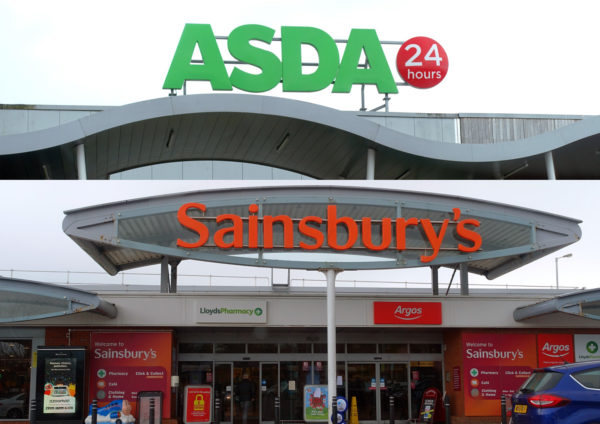 The ‘Big 4’ supermarkets in the UK – Tesco, Sainsbury’s, Asda and Morrisons – have a 69.5% share of the Great Britain grocery market (see data link below). The next four – Aldi, Co-op, Lidl and Waitrose – have a 23.8% share. If two of the Big 4 were to merge, would there be a significant decline in competition? This is a question the Competition and Markets Authority (CMA) has been considering in the light of Sainsbury’s planned £7.3 billion takeover of Asda (owned by the US retailing giant, Walmart).
The ‘Big 4’ supermarkets in the UK – Tesco, Sainsbury’s, Asda and Morrisons – have a 69.5% share of the Great Britain grocery market (see data link below). The next four – Aldi, Co-op, Lidl and Waitrose – have a 23.8% share. If two of the Big 4 were to merge, would there be a significant decline in competition? This is a question the Competition and Markets Authority (CMA) has been considering in the light of Sainsbury’s planned £7.3 billion takeover of Asda (owned by the US retailing giant, Walmart).
In a recently published provisional report, the CMA argues that “the merger could lead to a substantial lessening of competition at both a national and local level.” The CMA has concerns that the merger:
…could lead to a worse experience for in-store and online shoppers across the UK through higher prices, a poorer shopping experience, and reductions in the range and quality of products offered. It also has concerns that prices could rise at a large number of Sainsbury’s and Asda petrol stations. …The combined impact means that people could lose out right across the UK and that the deal could also cost shoppers through reduced competition in particular areas where Sainsbury’s and Asda stores overlap.
Sainsbury’s and Asda currently have a combined market share of 31.2%. This is slightly larger than Tesco’s 27.7%. But would this give the merged companies too much market power? Would there not still be intense competition between the new Big 3? 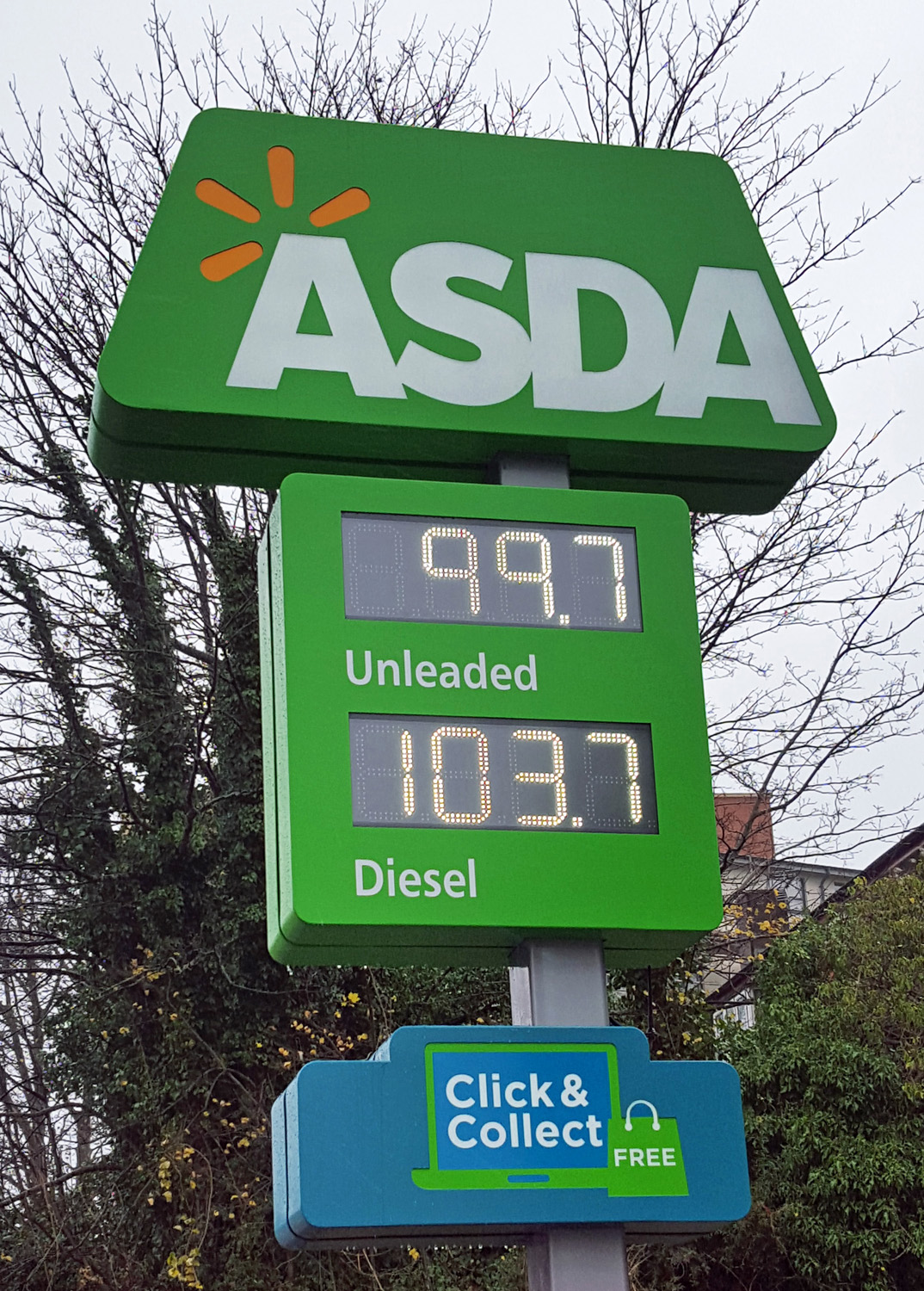 And, with the growth in the German discounters, Aldi and Lidl, as well as competition from Waitrose, the Co-op, Marks & Spencer and Iceland, would there be any significant decline in competition and choice and a rise in prices?
And, with the growth in the German discounters, Aldi and Lidl, as well as competition from Waitrose, the Co-op, Marks & Spencer and Iceland, would there be any significant decline in competition and choice and a rise in prices?
To answer this, it is crucial to define the grocery market. The CMA argues that the major competitors to any Big 4 company are the other Big 4 companies, rather than the German discounters or other supermarkets. Unlike Aldi and Lidl, the Big 4 have a range of facilities, such as fish and meat counters, delivery and a large range of branded products.
At a national level the CMA finds that the merger would reduce competitive pressure, so that a Big 3 would be less competitive than the Big 4, with higher prices and with reduced quality, range of products and in-store services.
At the local level the effects are likely to be serious. Often the consumer has very limited choice of supermarkets at a local level. If a particular area has just two supermarkets, Sainsbury’s and Asda, then the merger of the two could result in a substantial loss of competition. The only alternative for consumers in such areas would be to use small shops, which tend to be more highly priced anyway and do not compete head-to-head with the supermarkets, or to drive to another area or to shop online, depending on how far rival supermarkets are prepared to deliver. Similar arguments apply to supermarket petrol stations, where the only competition to supermarkets is from roadside petrol stations, often selling more highly priced petrol.
 In response to the CMA’s findings, Sainsbury’s chief executive, Mike Coupe, claims that they focus too much on competition between the Big 4 and do not take into account competition from Lidl and Aldi, both of which are expending rapidly and now have a combined market share of 12.8% (compared with 10.7% two years ago).
In response to the CMA’s findings, Sainsbury’s chief executive, Mike Coupe, claims that they focus too much on competition between the Big 4 and do not take into account competition from Lidl and Aldi, both of which are expending rapidly and now have a combined market share of 12.8% (compared with 10.7% two years ago).
Sainsbury’s and Asda also claim that there would be considerable scope for economies of scale, with lower costs being achieved through purchasing and logistics. In a joint statement they state that:
Combining Sainsbury’s and Asda would create significant cost savings, which would allow us to lower prices. Despite the savings being independently reviewed by two separate industry specialists, the CMA has chosen to discount them as benefits.
The two companies and other interested parties have until 13 March to respond to the provisional findings. The CMA will then issue its final report by 30 April 2019. If it sticks to its provisional findings, then either the merger will be blocked or the merging companies would have to ‘sell off a significant number of stores and other assets – potentially including one of the Sainsbury’s or Asda brands – to recreate the competitive rivalry lost through the merger.’ This might be very difficult to achieve as the new buyer would have to be big enough to provide effective competition to the remaining Big 3. Perhaps this could be an opportunity for Amazon to move into in-store grocery retailing. Or there may be some private equity company that would like to do the same.
It is likely that if the CMA sticks to its ruling, the two supermarkets will apply for a judicial review of the CMA’s decision.
Articles
Competition and Markets Authority Report
Data
Questions
- In what market segments do the Big 4 supermarkets compete?
- Research earlier investigations of the supermarket sector by the UK competition authorities. What were their findings?
- In what ways might the proposed takeover of Asda by Sainsbury’s affect consumers’ interests (a) at a national level; (b) at the local level?
- What is the ‘GUPPI index’? How is it calculated and how is it used in assessing the effects of the proposed takeover? (See pages 88–91 and 109–11 of the CMA’s Provisional Report and pages I5–I15 of the Appendices and Glossary.)
- Distinguish between horizontal and vertical mergers. How is the distinction relevant in drawing lessons from the Tesco takeover of Booker for the Sainsbury’s takeover of Asda?
- Rather than blocking the takeover, one alternative would be for the CMA to permit it, subject to the sale of specific stores where there are problems of the merger limiting competition in a particular locality. Do you think that this would be a better alternative than blocking the takeover? Explain.
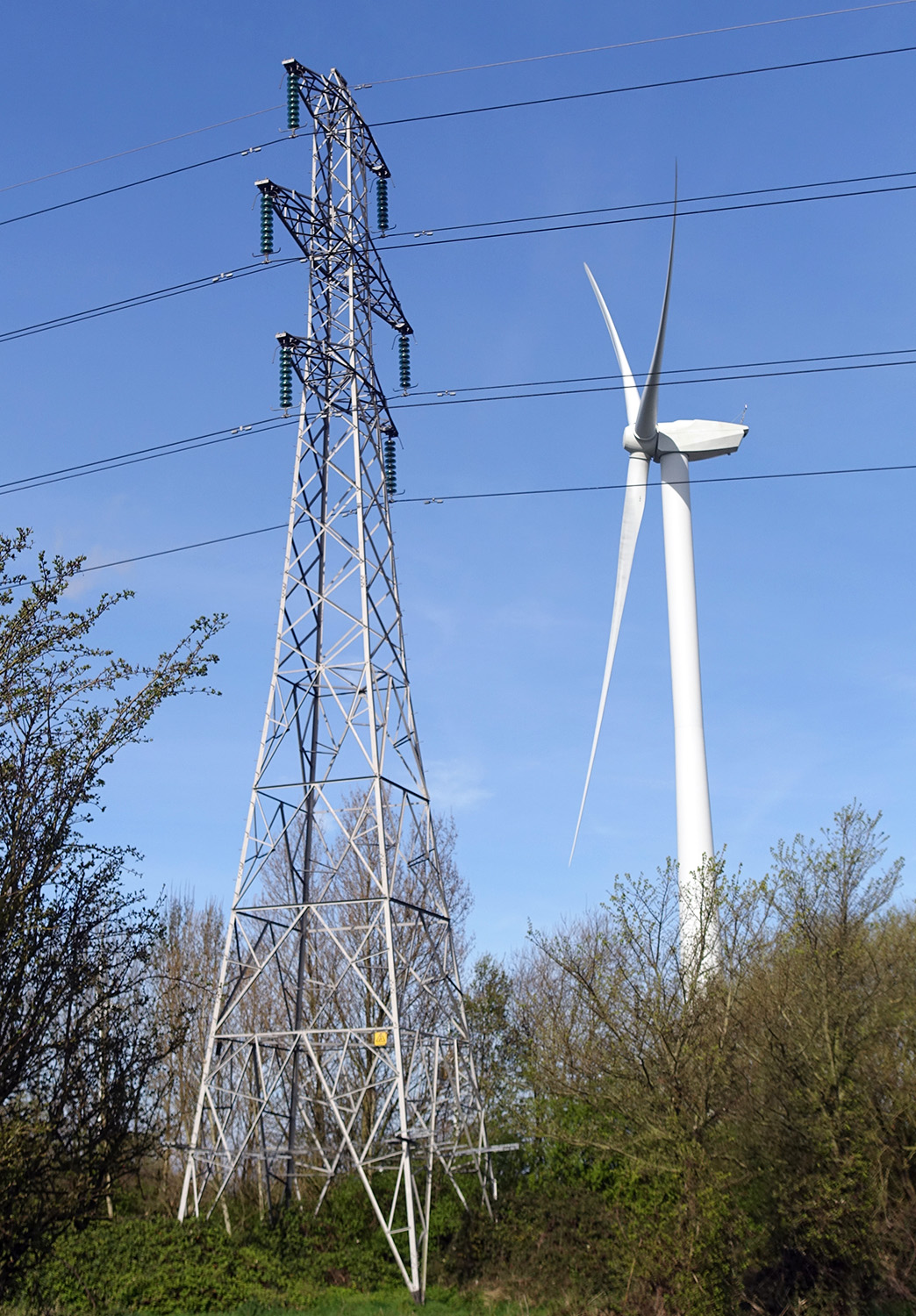 Following concerns about the market power of the Big Six energy suppliers in the UK and high prices for gas and electricity, the industry regulator, Ofgem, referred the industry to the Competition and Markets Authority (CMA) in June 2014. The CMA published its final report in June 2016. This argued that while there was sufficient potential for competition, consumers nevertheless needed further encouragement to switch suppliers. This would strengthen competition in the market.
Following concerns about the market power of the Big Six energy suppliers in the UK and high prices for gas and electricity, the industry regulator, Ofgem, referred the industry to the Competition and Markets Authority (CMA) in June 2014. The CMA published its final report in June 2016. This argued that while there was sufficient potential for competition, consumers nevertheless needed further encouragement to switch suppliers. This would strengthen competition in the market.
To encourage switching, the CMA proposed the creation of a database that would include the details of customers who have been on a supplier’s standard variable tariff (SVT) for three or more years. Competitor energy suppliers would have access to this database to offer better deals for these customers.
There had already been calls for price caps to be imposed on suppliers. For example, in the run-up to the 2015 general election, the then Labour leader, Ed Miliband, proposed imposing a price freeze. This was criticised by the Conservatives for being too anti-market, that it would encourage energy companies to raise prices prior to the freeze and that it would be of no benefit in times of falling wholesale energy prices (which was the position in 2015).
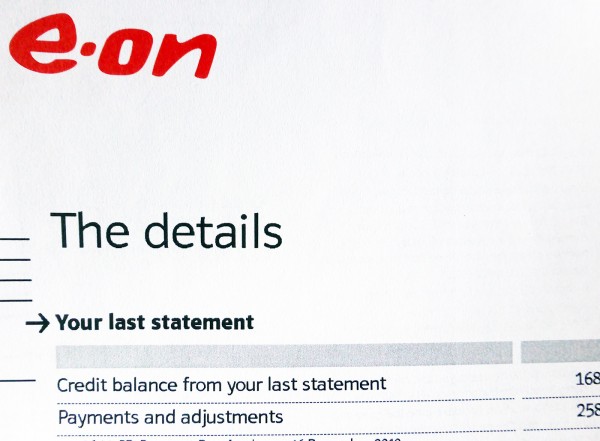 Indeed, in its 2016 report, the CMA recommended price caps only for the 16% of people on prepayment meters and these would be variable caps not freezes. This was followed in February 2017, by Ofgem’s announcement that a temporary price cap for such customers would come into effect in April 2017. The level of the cap would vary by meter type and region. It would also be reviewed every six months to reflect changes in costs and remain in place until 2020. There would be no cap on other customers.
Indeed, in its 2016 report, the CMA recommended price caps only for the 16% of people on prepayment meters and these would be variable caps not freezes. This was followed in February 2017, by Ofgem’s announcement that a temporary price cap for such customers would come into effect in April 2017. The level of the cap would vary by meter type and region. It would also be reviewed every six months to reflect changes in costs and remain in place until 2020. There would be no cap on other customers.
But in the run-up to the 2017 election, the Conservatives announced that they would, after all, introduce a price cap on SVTs – 66% of customers are on such tariffs. Before the details were announced, there was much speculation as to what form such a cap would take? It would not be a simple freeze. But there was debate as to whether caps would vary with wholesale costs or whether they would be relative to the company’s lowest tariffs or to those of its rivals.
As it turned out, the proposal was for a cap on standard variable tariffs. It would be set by Ofgem and reviewed every six months. The cap would be based on the cheapest standard variable tariffs in each part of the UK, taking into account the variable costs for transporting energy there. Ofgem will adjust the cap every six months to reflect changes in the wholesale cost of energy.
Articles before details were anniunced
U.K. Energy Industry Faults May’s Election Pledge to Cap Prices Bloomberg, Rakteem Katakey (23/4/17)
Conservatives promise to cap prices in UK energy market Financial Times, Jim Pickard and Nathalie Thomas (23/4/17)
How might an energy price cap work? BBC News, Brian Milligan (24/4/17)
UK government vows strong action to rein in energy companies The Guardian, Adam Vaughan (19/4/17)
Energy bills: what’s the difference between Tory cap and Miliband freeze? The Guardian, Adam Vaughan (23/4/17)
Capping energy prices? Still a bad idea Adam Smith Institute blogs, Sam Dumitriu (25/4/17)
Bulb becomes ‘first’ provider to cut energy prices this year Moneywise (24/4/17)
Experts slam Conservative plans to cap energy bills as ‘clumsy and counterproductive’ The Telegraph, Lauren Davidson (23/4/17)
Capping energy tariffs isn’t a one-way ticket to Venezuelan-style economic ruin Independent, Ben Chu (25/4/17)
Articles after details were anniunced
Conservatives defend plans to cap UK energy bills Financial Times, Jim Pickard and Nathalie Thomas (9/5/17)
What is the energy price cap – and what does it mean for bills? The Telegraph, Jillian Ambrose (9/5/17)
The new energy price cap con? The Telegraph, Jillian Ambrose (9/5/17)
May defends plan to cap ‘rip-off energy bills’ BBC News (9/5/17)
Q&A: The Tory plan to cap energy prices BBC News, Brian Milligan (9/5/17)
Energy prices could still go up under Theresa May’s price cap plans, admits Business Secretary Greg Clark Independent, Rob Merrick (9/5/17)
Tory claims over energy price cap are just hot air The Guardian, Nils Pratley (9/5/17)
Video and audio
 UK government energy price cap ‘sheer politics’: Bernstein CNBC, Deepa Venkateswaran and Andrew Sentance (25/4/17)
UK government energy price cap ‘sheer politics’: Bernstein CNBC, Deepa Venkateswaran and Andrew Sentance (25/4/17)
 Energy UK: price cap could backfire Sky News, Lawrence Slade (24/4/17)
Energy UK: price cap could backfire Sky News, Lawrence Slade (24/4/17)
 Scottish Power: Capping prices ‘damages customers’ BBC News, Keith Anderson (24/4/17)
Scottish Power: Capping prices ‘damages customers’ BBC News, Keith Anderson (24/4/17)
 Tories to pledge energy bill cap BBC News, Michael Fallon (24/4/17)
Tories to pledge energy bill cap BBC News, Michael Fallon (24/4/17)
 Tories: Energy cap will protect vulnerable people BBC Today Programme, Business Secretary Greg Clark (9/5/17)
Tories: Energy cap will protect vulnerable people BBC Today Programme, Business Secretary Greg Clark (9/5/17)
 Energy cap: good or bad for consumers? Sky News, Stephen Fitzpatrick and James Kirkup (9/5/17)
Energy cap: good or bad for consumers? Sky News, Stephen Fitzpatrick and James Kirkup (9/5/17)
Questions
- What scope is there for tacit collusion between the Big Six energy suppliers?
- What is meant by the RPI–X price cap? How does it differ from proposals being considered by the government?
- Why are people often reluctant to switch energy supplier?
- How could people be encouraged to switch supplier?
- What are the advantages and disadvantages of imposing a price cap for SVTs (a) relative to costs; (b) relative to lower-priced tariffs?
- Comment on Centrica’s chief executive officer Iain Conn’s statement that “price regulation will result in reduced competition and choice, and potentially impact customer service”.
- Comment on the statement by Lawrence Slade, chief executive officer of Energy UK, that intervention would create “huge uncertainty around government intentions, potentially putting at risk the billions in investment and jobs needed to renew our energy system”.
- Would an announcement of the introduction of a price cap in the near future necessarily encourage energy companies to raise their price now?
 Cloud computing is growing rapidly and has started to dominate many parts of the IT market. Cloud revenues are rising at around 25% per year and, according to Jeremy Duke of Synergy Research Group:
Cloud computing is growing rapidly and has started to dominate many parts of the IT market. Cloud revenues are rising at around 25% per year and, according to Jeremy Duke of Synergy Research Group:
“Major barriers to cloud adoption are now almost a thing of the past, especially on the public-cloud side. Cloud technologies are now generating massive revenues for technology vendors and cloud service providers, and yet there are still many years of strong growth ahead.”
The market leader in cloud services (as opposed to cloud hardware) is Amazon Web Services (AWS), a subsidiary of Amazon. At the end of 2016, it had a market share of around 40%, larger than the next three competitors (Microsoft, Google and IBM), combined. AWS originated cloud computing some 10 years ago. It is set to have generated revenue of $13 billion in 2016.
The cloud computing services market is an oligopoly, with a significant market leader, AWS. But is the competition from other players in the market, including IT giants, such as Google, Microsoft, IBM and Oracle, enough to guarantee that the market stays competitive and that prices will fall as technology improves and costs fall?
Certainly all the major players are investing heavily in new services, better infrastructure and marketing. And they are already established suppliers in other sectors of the IT market. Microsoft and Google, in particular, are strong contenders to AWS. Nevertheless, as the first article states:
Neither Google nor Microsoft have an easy task since AWS will continue to be an innovation machine with a widely recognized brand among the all-important developer community. Both Amazon’s major competitors have an opportunity to solidify themselves as strong alternatives in what is turning into a public cloud oligopoly.
Articles
While Amazon dominates cloud infrastructure, an oligopoly is emerging. Which will buyers bet on? diginomica, Kurt Marko (16/2/17)
Study: AWS has 45% share of public cloud infrastructure market — more than Microsoft, Google, IBM combined GeekWire, Dan Richman (31/10/16)
Cloud computing revenues jumped 25% in 2016, with strong growth ahead, researcher says GeekWire, Dan Richman (4/1/17)
Data
Press releases Synergy Research Group
Questions
- Distinguish the different segments of the cloud computing market.
- What competitive advantages does AWS have over its major rivals?
- What specific advantages does Microsoft have in the cloud computing market?
- Is the amount of competition in the cloud computing market enough to prevent the firms from charging excessive prices to their customers? How might you assess what is ‘excessive’?
- What barriers to entry are there in the cloud computing market? Should they be a worry for competition authorities?
- Are the any network economies in cloud computing? What might they be?
- Cloud computing is a rapidly developing industry (for example, the relatively recent development of cloud containers). How does the speed of development impact on competition?
- How would market saturation affect competition and the behaviour of the major players?
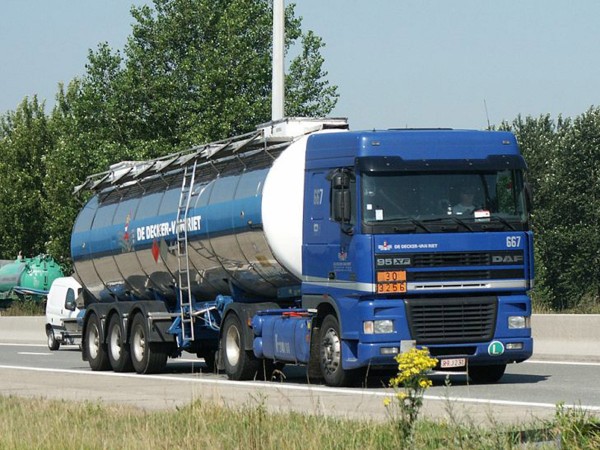 Record fines have been imposed by the European Commission for the operation of a cartel. Truck makers, Volvo/Renault, Daimler, Iveco and DAF have been fined a total of €2.93bn. The fines were considerably higher than the previous record fine of €1.7bn on banks for rigging the LIBOR rate.
Record fines have been imposed by the European Commission for the operation of a cartel. Truck makers, Volvo/Renault, Daimler, Iveco and DAF have been fined a total of €2.93bn. The fines were considerably higher than the previous record fine of €1.7bn on banks for rigging the LIBOR rate.
Along with MAN, they were found to have colluded for 14 years over pricing. They also colluded in passing on to customers the costs of compliance with stricter emissions rules. Together these five manufacturers account for some 90% of medium and heavy lorries produced in Europe.
The companies have admitted their involvement in the cartel. If they had not, the fines might have been higher. MAN escaped a fine of €1.2bn as it had revealed the existence of the cartel to the Commission.
A sixth company, Scania, is still in dispute with the Commission over its involvement. Thus the final total of fines could be higher when Scania’s case is settled.
In addition, any person or firm adversely affected by the cartel can seek damages from any of the companies in the national courts of member states. They do not have to prove that there was a cartel.
The Commission hopes that the size of the fine will act as a disincentive for other firms to form a cartel. ‘We have, today, put down a marker by imposing record fines for a serious infringement,’ said Margrethe Vestager, the EU’s competition commissioner.
Also, by being able to exempt a cartel member (MAN in this case) from a fine if it ‘blows the whistle’ to the authorities, it will help to break existing cartels.
There are some other major possible cartels and cases of abuse of market power currently being considered by the Commission. These include Google and whether unfair tax breaks were given to Apple and Amazon by Ireland and Luxembourg respectively.
Articles
Price-Fixing Truck Makers Get Record E.U. Fine: $3.2 Billion New York Times, James Kanter (19/7/16)
 Truckmakers Get Record $3.23 Billion EU Fine for Cartel Bloomberg, Aoife White (19/6/16)
Truckmakers Get Record $3.23 Billion EU Fine for Cartel Bloomberg, Aoife White (19/6/16)
EU fines truckmakers a record €2.93bn for running 14-year cartel Financial Times, Peter Campbell, Duncan Robinson and Alex Barker (19/7/16)
Truckmakers fined by Brussels for price collusion The Guardian, Sean Farrell (19/7/16)
Europa Press Release
Antitrust: Commission fines truck producers € 2.93 billion for participating in a cartel European Commission (19/7/16)
Information
Competition DG European Commission
Questions
- How have the various stakeholders in the truck manufacturing industry been affected by the operation of the cartel?
- What incentive effects are there, (a) for existing cartel members and (b) for firms thinking of forming a cartel, in the fining system used by the European Commission?
- Unlike the USA, the EU cannot jail managers for oligopolistic collusion. Compare the relative effectiveness of large fines and jail sentences in deterring cartels.
- What determines the profit-maximising price(s) for a cartel?
- Apart from the threat of action by the competition authorities, what determines the likely success of a cartel in being able to fix prices?
- Choose two other cases of possible cartels or the abuse of market power being examined by the European Commission. What is the nature of the suspected abuse?
 The USA has seen many horizontal mergers in recent years. This has turned industries that were once relatively competitive into oligopolies, resulting in lower output and higher prices for consumers.
The USA has seen many horizontal mergers in recent years. This has turned industries that were once relatively competitive into oligopolies, resulting in lower output and higher prices for consumers.  deprive “American workers of about $1.25tn of labour income every year”.
deprive “American workers of about $1.25tn of labour income every year”. The ‘Big 4’ supermarkets in the UK – Tesco, Sainsbury’s, Asda and Morrisons – have a 69.5% share of the Great Britain grocery market (see data link below). The next four – Aldi, Co-op, Lidl and Waitrose – have a 23.8% share. If two of the Big 4 were to merge, would there be a significant decline in competition? This is a question the Competition and Markets Authority (CMA)
The ‘Big 4’ supermarkets in the UK – Tesco, Sainsbury’s, Asda and Morrisons – have a 69.5% share of the Great Britain grocery market (see data link below). The next four – Aldi, Co-op, Lidl and Waitrose – have a 23.8% share. If two of the Big 4 were to merge, would there be a significant decline in competition? This is a question the Competition and Markets Authority (CMA)  And, with the growth in the German discounters, Aldi and Lidl, as well as competition from Waitrose, the Co-op, Marks & Spencer and Iceland, would there be any significant decline in competition and choice and a rise in prices?
And, with the growth in the German discounters, Aldi and Lidl, as well as competition from Waitrose, the Co-op, Marks & Spencer and Iceland, would there be any significant decline in competition and choice and a rise in prices? In response to the CMA’s findings, Sainsbury’s chief executive, Mike Coupe, claims that they focus too much on competition between the Big 4 and do not take into account competition from Lidl and Aldi, both of which are expending rapidly and now have a combined market share of 12.8% (compared with 10.7% two years ago).
In response to the CMA’s findings, Sainsbury’s chief executive, Mike Coupe, claims that they focus too much on competition between the Big 4 and do not take into account competition from Lidl and Aldi, both of which are expending rapidly and now have a combined market share of 12.8% (compared with 10.7% two years ago). 



